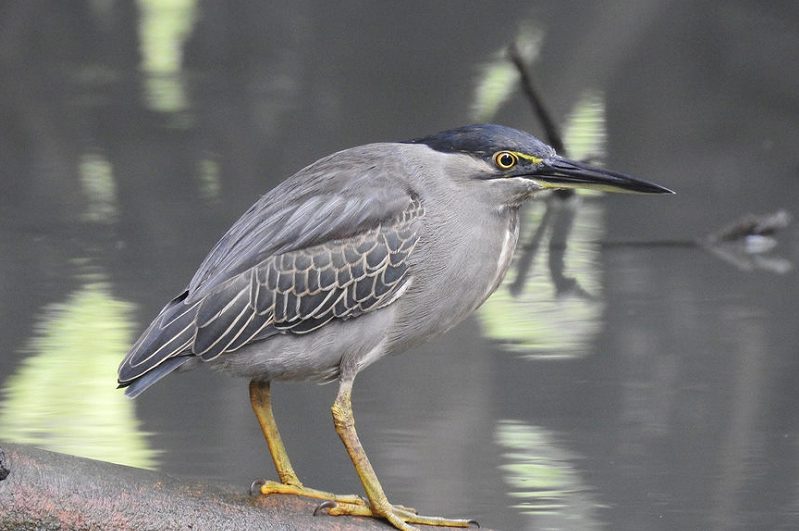ASIAN WATERBIRD CENSUS 2019 IN THE JAKARTA REMAINING PROTECTED FOREST

-
Date:
30 Apr 2020 -
Author:
KEHATI
Yayasan KEHATI youth movement, Biodiversity Warriors held an Asian Waterbird Census 2019 in Angke Kapuk Protected Forest, Jakarta (19/1). The event was attended by birdwatchers from some universities to collect waterbirds data in Angke Kapuk Protected Forest.
Biodiversity Warriors has done the event fourth times in Angke Kapuk Protected Forest. It is important to do surveys regularly, because waterbirds are the indicator for the health of the wetland ecosystem, such as food providers, resting areas, and breeding areas for those species.
Our purpose for the Asian Waterbird Census 2019, besides the conservation of waterbirds, we also want to educate people, especially the young generation about the importance of ecosystem balances and biodiversity in that area, said the Yayasan KEHATI executive director, Riki Frindos.
Angke Kapuk Protected Forest has an area of 44,67 ha. The protected forest placed in the Jakarta’s coastal with the estuary on the east part, and Banten Province as the border on the west part (Santoso, 2002). Those conditions make Angke Kapuk Protected Forest an important place for keeping the stability for the areas around it, including waterbirds.
In 2016, Biodiversity Warriors managed to collect 18 species of waterbirds, such as striated heron, grey heron, little black cormorant, Oriental darter, and other species. “Another purpose of the Asian Waterbird census 2019 in Angke Kapuk Protected Forest is to make sure is this area still viable for waterbird to stay or visit,” said Riki.
Based on the last survey, waterbirds along the Angke River should adapt to the natural condition that getting worse and not maintained. Trashes from people activities in Angke River make the underwater ecosystem become not suitable for fishes, which becomes food for waterbirds. These activities hopefully can encourage DKI Jakarta’s government and the people to give more attention to waste management on Angke Kapuk Protected Forest.
Besides the birdwatching, the Asian waterbird census offers fun activities for the participants. It shows that conservation activities have a potency to be developed as ecotourism if well managed. Furthermore, the events from Yayasan KEHATI will be reported to the stakeholders, such as DKI Jakarta’s government, MOEFr, and Wetland Internasional Indonesia as the national coordinator for Indonesia waterbird census.
